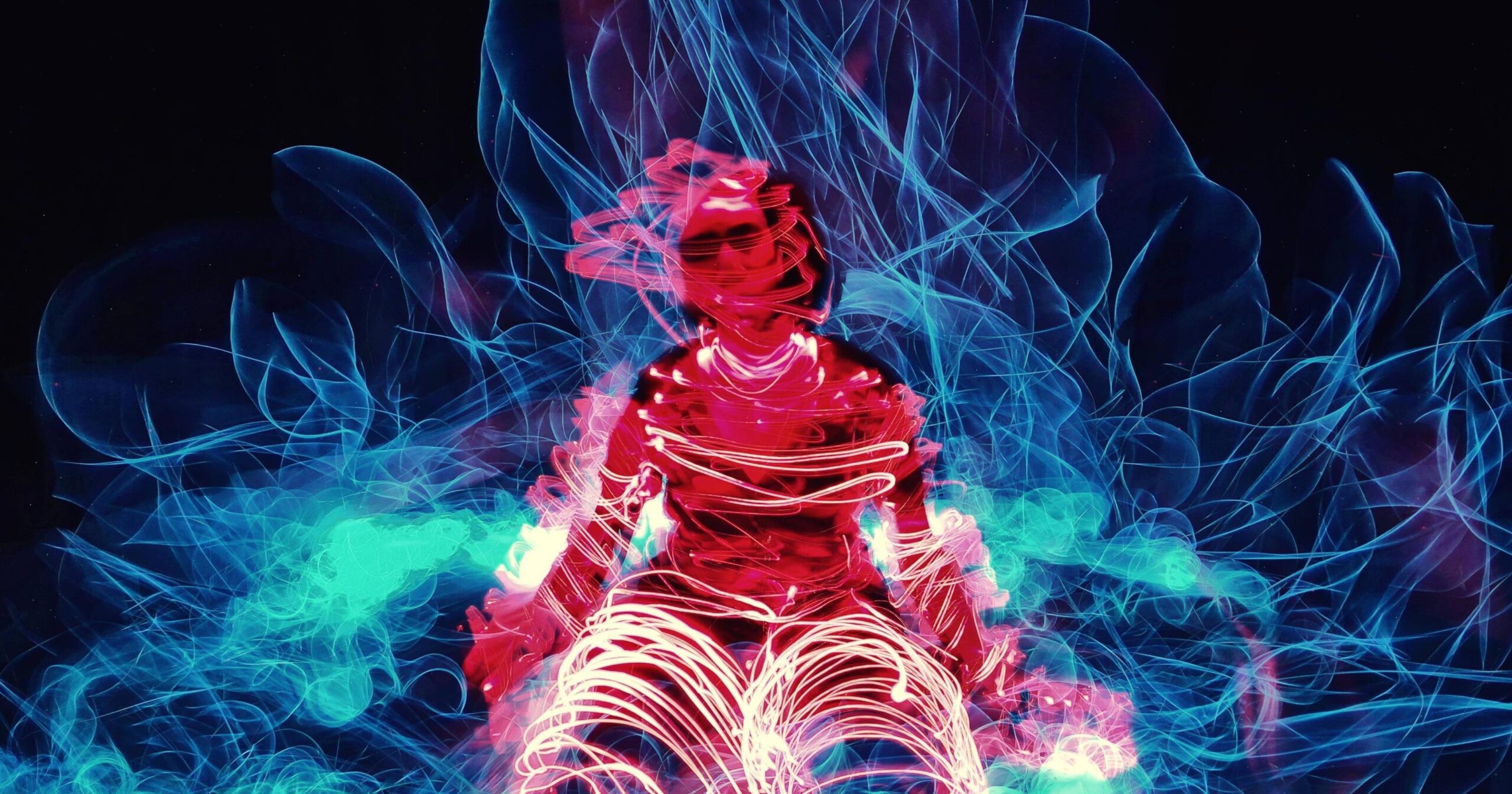Photography is a beautiful art form that has evolved significantly over the years. From the days of black and white film to the modern digital era, photography has undergone a significant transformation. Today, anyone with a smartphone can take a photo, but creating a perfect photograph requires more than just a camera. It requires an understanding of exposure, which is the fundamental key to creating a perfect photograph.
What is Exposure?
In photography, exposure refers to the amount of light that enters the camera and strikes the sensor or film. It is determined by three essential elements – shutter speed, aperture, and ISO. Understanding these elements and how they affect each other is the key to achieving a well-exposed photograph.
Shutter Speed
Shutter speed is the amount of time that the camera’s shutter remains open to allow light to enter the camera. It is measured in seconds or fractions of a second. A fast shutter speed means that the shutter remains open for a short duration, while a slow shutter speed means that the shutter remains open for a longer duration.
Aperture
Aperture refers to the size of the opening in the lens that allows light to enter the camera. It is measured in f-stops. A lower f-stop number means a larger aperture, while a higher f-stop number means a smaller aperture. The size of the aperture affects the amount of light that enters the camera, as well as the depth of field in the photograph.
ISO
ISO refers to the sensitivity of the camera’s sensor or film to light. A lower ISO number means that the sensor or film is less sensitive to light, while a higher ISO number means that the sensor or film is more sensitive to light. The higher the ISO, the more noise or grain will appear in the photograph.
Exposure Triangle
The three elements of exposure – shutter speed, aperture, and ISO – are often referred to as the exposure triangle. The relationship between these elements is critical in achieving a well-exposed photograph. If one element is adjusted, the other two must also be adjusted to maintain a proper exposure.
Understanding the Exposure Triangle
To achieve the perfect exposure, you need to understand how the three elements of exposure interact with each other.
Shutter speed and aperture have an inverse relationship. When you adjust one, you must adjust the other to maintain the same exposure. For example, if you increase the shutter speed to freeze motion, you need to increase the aperture to allow more light into the camera. Similarly, if you want to decrease the depth of field by using a wider aperture, you need to increase the shutter speed to compensate for the additional light.
ISO affects the overall exposure of the photograph. When you increase the ISO, the camera becomes more sensitive to light, which can result in a brighter image. However, increasing the ISO also increases the noise or grain in the photograph. Therefore, it’s essential to find the right balance between ISO and the other elements of exposure to achieve the desired result.
Metering
Metering refers to the camera’s ability to measure the amount of light in a scene and adjust the exposure accordingly. Most cameras have several metering modes, including spot metering, center-weighted metering, and evaluative metering. Spot metering measures the light at a specific point in the scene, while center-weighted metering measures the light in the center of the frame. Evaluative metering measures the light across the entire scene and adjusts the exposure accordingly.
Exposure Compensation
Exposure compensation allows you to adjust the exposure set by the camera’s metering system. It is useful when the camera’s metering system doesn’t provide the correct exposure for the scene. For example, if you’re shooting a bright sky, the camera’s metering system may underexpose the image, resulting in a dark photograph. In this case, you can use exposure compensation to increase the exposure and achieve the desired result.
White Balance
White balance refers to the camera’s ability to adjust the color temperature of the photograph. Different light sources have different color temperatures, which can affect the colors in your photograph. For example, indoor lighting can have a warm orange or yellow tint, while outdoor lighting can have a cooler blue or green tint. Adjusting the white balance ensures that the colors in your photograph appear natural and accurate.
Histogram
A histogram is a graph that shows the distribution of tones in a photograph. It displays the brightness values from black to white, with black on the left and white on the right. A well-exposed photograph should have a histogram that is spread out evenly across the entire range. If the histogram is pushed to the left, the photograph is underexposed, and if it’s pushed to the right, the photograph is overexposed.
Bracketing
Bracketing is a technique that involves taking multiple photographs of the same scene, each with a different exposure. This technique is useful when you’re not sure which exposure setting will give you the best result. By taking multiple photographs, you can compare them and choose the one with the best exposure.
In conclusion, understanding exposure is crucial to creating the perfect photograph. By understanding the relationship between shutter speed, aperture, and ISO, you can control the amount of light that enters the camera and achieve the desired result. Other factors, such as metering, exposure compensation, white balance, histogram, and bracketing, also play a significant role in achieving a well-exposed photograph. With practice and experimentation, you can master the art of exposure and create photographs that are both beautiful and technically proficient.











